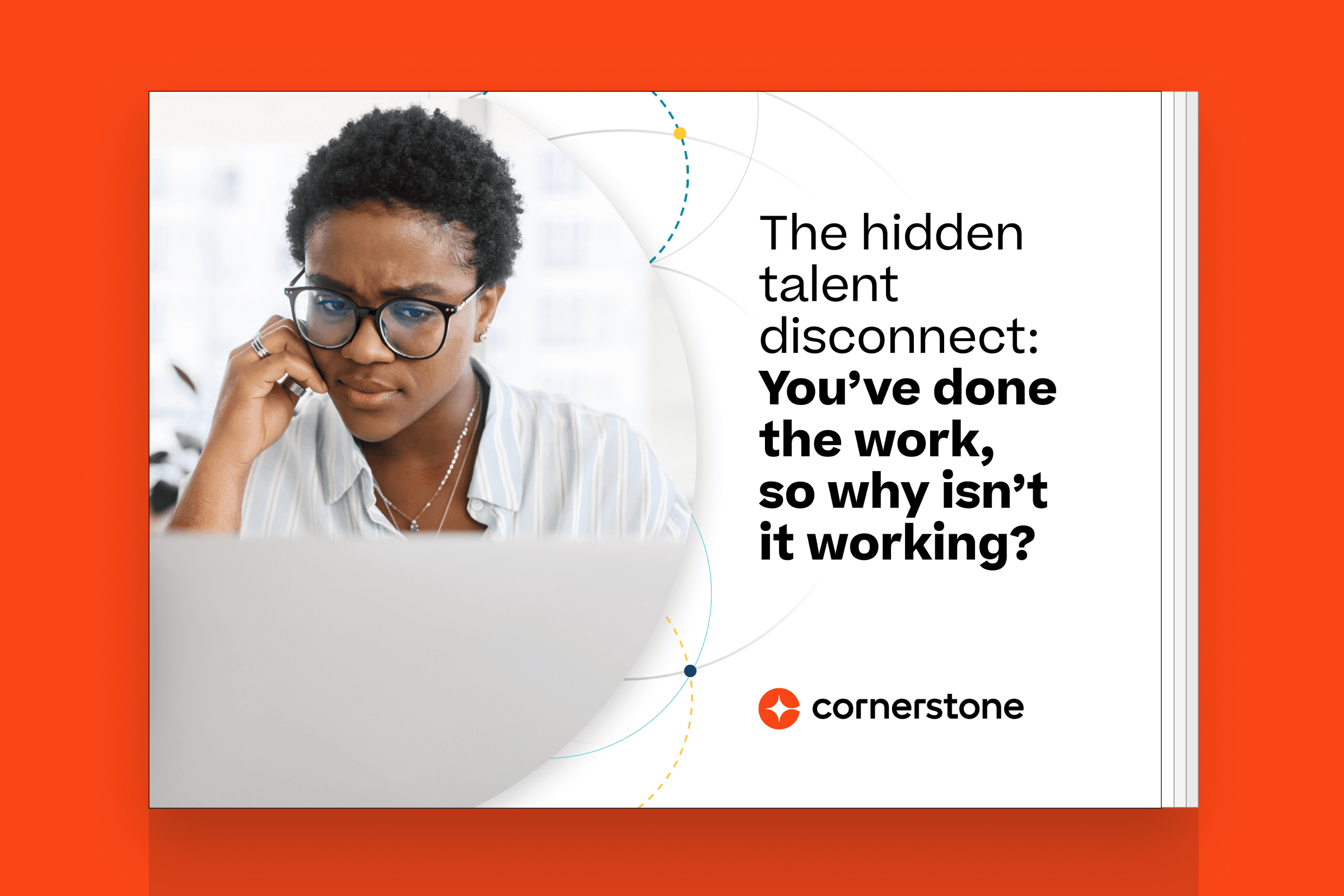Far from a one-size-fits-all approach, global hiring requires cultural context and awareness. Companies recruiting in Brazil, for instance, should emphasize corporate social responsibility in their messaging. But in China, they’ll want to highlight their firm’s prestige, according to research from E&Y. As multinational companies look to attract and retain talent in emerging markets, they’ll need to tailor overarching business strategies to local talent’s needs and wants.
Hiring Beyond Borders
In the Boston Consulting Group’s 2013 Globalization Readiness Survey, multinational executives report that their companies displayed the largest performance gap in attracting and retaining talent. Talent in emerging markets is scarce and it’s becoming more so, thanks to increased competition from local employers. "Local competitors’ brands are now stronger, and they can offer more senior roles," one executive reports in a McKinsey & Company survey. For companies to find the right talent in diverse markets, they need to balance global business goals with local values.
4 Tips to Improve Global Recruitment and Retention
1. Break down cultural barriers: Sometimes cultural and linguistic barriers make it difficult for local leaders to move up to the global level. In 2009 Goldman Sachs instituted a "cultural dojo" program in Japan, which helps local employees develop cross-cultural communication skills to interact more effectively with colleagues around the world. The firm has extended the program to other markets, including South Korea and China.
2. Adjust employee value proposition: Companies can stress different priorities depending on location. Tata Motors, "has a tailored employee value proposition for each of its major markets; for example, it stresses its managers’ quality to employees in India, development opportunities in China, and interesting jobs in the United States," according to the McKinsey report.
3. Make learning a two-way street: Employees working in emerging locations shouldn’t feel inferior to their peers at headquarters. Starwood Hotels and Resorts moved the company headquarters to China for a month, so that the senior team would have more opportunity to listen to employees in that office. "When people in the field don’t feel like a puppet for headquarters, you’re going to get better people to operate," CEO Frits van Paasschen tells SpencerStuart, an executive search consulting firm. "I want our folks in different markets around the world to feel like they run our business there."
4. Streamline technology: If technology isn’t uniform across offices, employees can feel disconnected from a global workflow. "The Silicon Valley and Singapore office might serve the same client, but they can’t even look at the same recruitment database and applicant tracking system," Brandon Mecalf, COO and co-founder of Talent Rover, writes in The Staffing Stream. "In other words, technology is limiting their ability to serve one client who may have requisitions in both Silicon Valley and Singapore. Global firms need to implement software that every global office can rely on."
As companies look to new markets, attracting and exciting the right local talent is key to their business operations. By considering the cultural context of their employer brand, companies will strengthen their global workforce.
Photo: Can Stock


